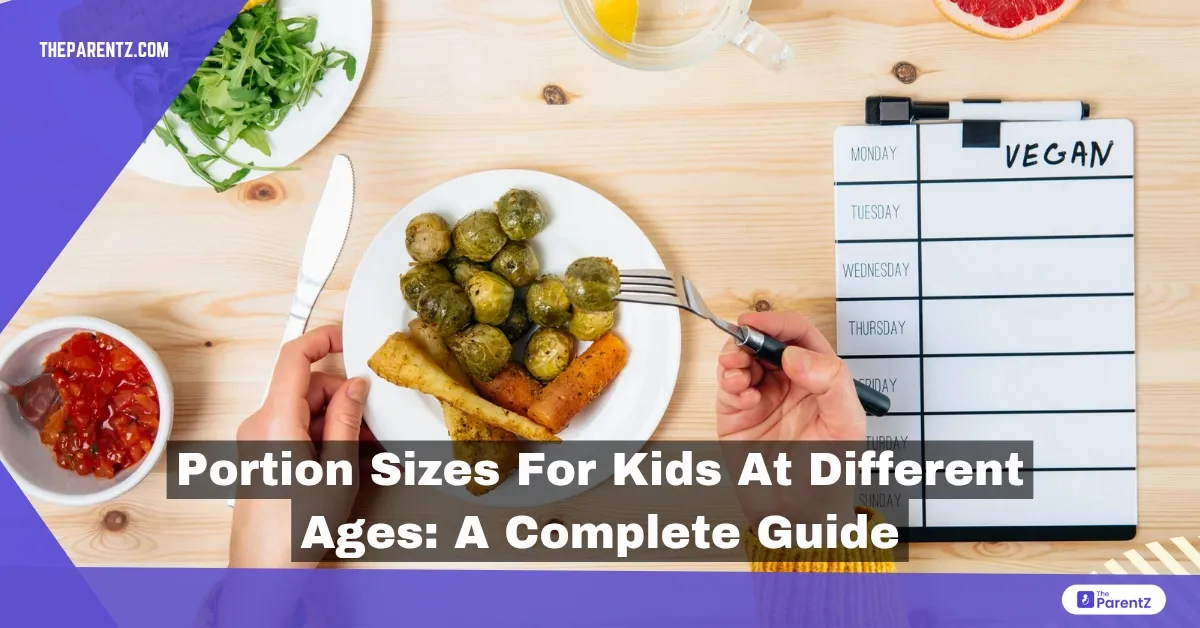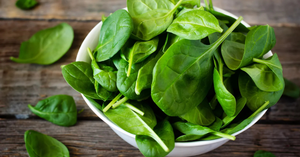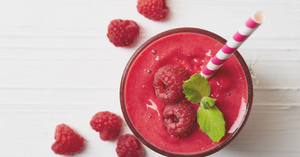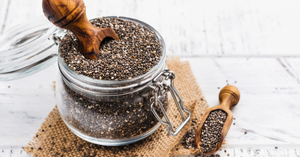Feeding kids is a lot like trying to guess the weather — some days they act like bottomless pits, and on others, two bites seem to fill them up. As a parent, this constant swing can leave you wondering: Am I feeding them too much? Too little? The truth is, kids' bodies grow in spurts, and their appetite follows suit.
But one thing remains certain — offering the right portion sizes can help them grow strong, stay healthy, and avoid the all-too-common battle with childhood obesity, which now affects nearly 20 percent of children and adolescents in the United States, according to the Centers for Disease Control and Prevention (CDC).
Read below this article to explore portion sizes, age by age, for your little ones.
Portion Sizes for Toddlers (Ages 1-3)
Toddlers are at an age where their curiosity is growing, but their stomachs are still quite small — roughly the size of their own little fists. They don’t need a mountain of food on their plates, and in fact, overloading can overwhelm them.
At this stage, portion sizes should be about one-quarter to one-third of an adult serving. For example:
- Vegetables and fruits: 1-2 tablespoons per meal
- Grains (like rice, bread, or cereal): ¼ slice of bread or 2-3 tablespoons of cooked pasta
- Protein (meat, eggs, beans): 1-2 tablespoons
- Dairy: Half a cup of milk or yogurt
Toddlers’ appetites can seem unpredictable, but that’s normal. Trust their hunger cues, and avoid the clean your plate rule — their bodies know best.
Portion Sizes for Preschoolers (Ages 4-5)
Preschoolers start getting more active as they leap into playground adventures and preschool routines. Their energy needs grow, but their bodies still require appropriately child-sized portions.
The rule of thumb? Aim for about half of an adult portion.
- Vegetables and fruits: ¼ to ½ cup per meal
- Grains: Half a slice of bread or 3-4 tablespoons of cooked grains
- Protein: 2-3 tablespoons of lean meat, beans, or tofu
- Dairy: ¾ cup of milk or yogurt per serving
This is also the age when picky eating can become a household theme. Patience and variety will go a long way in building healthy habits.
Portion Sizes for School-Aged Kids (Ages 6-12)
By now, their growth slows a little, but their activity level can soar, especially if sports and playground fun are part of their daily life. Their portions start to look more like adult plates — but scaled to their size.
On average, children in this age group need:
- Vegetables: ½ to 1 cup per meal
- Fruits: ½ to 1 cup per meal
- Grains: ½ to 1 slice of bread or ½ cup of cooked grains
- Protein: 2-3 ounces per meal
- Dairy: 1 cup of milk or yogurt per serving
The key is balance, not excess. Many packaged foods can trick you with “kid-friendly” portions that exceed what their bodies actually need. Teaching kids to stop eating when they feel full helps prevent overeating, even when the food is their favorite.
Portion Sizes for Teenagers (Ages 13-18)
Adolescence is a time of growth spurts, hormonal shifts, and more independence in food choices. Their bodies demand more fuel to power this growth, especially for those involved in sports or other high-energy activities.
Teens require almost adult-sized portions, but the focus should be on nutrient density rather than empty calories.
- Vegetables: At least 1 to 1½ cups per meal
- Fruits: 1 cup per meal
- Grains: 1 slice of bread or ½ to 1 cup of cooked grains
- Protein: 3-4 ounces per meal
- Dairy: 1 cup of milk or yogurt
Conclusion
Portion sizes aren’t about restrictions or counting every bite — they’re about teaching kids how to respect their hunger and fullness cues while fueling their bodies with the right mix of nutrients. Whether your child is a toddler pushing away their peas or a teenager reaching for third helpings, understanding portion sizes is always beneficial when it comes to mindful eating.








Be the first one to comment on this story.